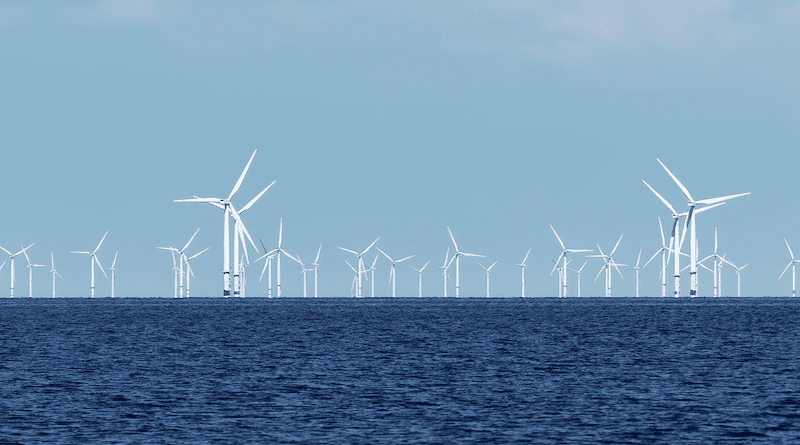How Morocco Could Be A World Leader In Renewable Energy: Offshore Wind Farms – Analysis
The Potential to Lead the Charge: If Morocco utilizes Offshore Wind Farms, the Country Could Shape the Future of Renewable Energy
The world is heating up at an unprecedented rate due to high levels of burning fossil fuels, deforestation, increasing numbers of livestock, and the greenhouse gas effect. While the world has heating and cooling periods, one must note that the speed at which the world is warming is unprecedented.
It requires a large amount of heat energy to raise the Earth’s average yearly surface temperature, even a little. Therefore, a one-degree Celsius increase in global average surface temperature means that there has been a significant increase in accumulated heat. Specifically in Morocco, the average annual temperature after 1990 was 17.4 °, and before 2022, the average annual temperature was 18.4°C. These temperatures are expected to increase as the world continues to heat up at an accelerated rate. The excess of heat is concerning, as it is not only creating new problems but escalating existing problems such as drought and inclement weather.
Around the world, climate change is causing more severe weather, melting polar caps, and record-breaking temperatures. In Morocco—a country heavily dependent on natural resources—climate change is exacerbating a series of problems. Recently, the country has faced lp[]l]\water scarcity, food insecurity, desertification, and shoreline erosion. The impacts of climate change are also being felt in Morocco’s economic production. During the 2015 drought, Morocco’s economic growth rate dropped to 1.5% as a result, highlighting the impact climate change has on all specters of life.
Yet, Morocco is not standing by idly while the world continues to heat up. Morocco has been a world leader in sustainable development and environmental protection. One way that Morocco has been tackling the problem of climate change is through Plan Maroc Vert (PMV)—a two-pillar-based system enacted in 2008 to help combat the effects of climate change. The first part of the plan focuses on the development of modern agriculture and the second part focuses on raising agricultural income in the most vulnerable areas. The PMV was highly successful in many realms, creating a more stable agricultural system. Due to the initiative’s success, King Mohammed VI created “Génération Green 2020-2030” to continue to progress in sustainable farming and agriculture in Morocco. Tackling climate change through sustainable agriculture and development will continue to have a very positive impact on the country.
One realm that Morocco is currently trying to tackle is increasing their use of sustainable, renewable energy. Morocco is heavily dependent on imported hydrocarbons, but the Moroccan government is working to decrease its dependence on imported energy sources. In 2009, Morocco proclaimed that by 2030, 52% of its electricity needs will be from renewable energy. The government has been investing in solar, hydropower, and wind energy to become more energy independent. The most interesting of these sources is wind energy, as Morocco has the potential to be able to generate 25,000 MW of wind power. The National Office of Electricity and Water (ONEE) wants to increase the installed capacity to 10 GW of renewable energy by 2030, with 4.1 MW being from wind. The Moroccan government should not stop there though, as their coast can provide large amounts of energy through offshore wind farms.
According to a report done by the Global Wind Energy Council (GWEC), Morocco could become one of the leaders in offshore wind energy. Offshore wind farms (OWF) have started to become popular in the world of renewable energy, as they provide a way for renewable energy to be created without completely wrecking or compromising the integrity of the land.
While research is still being done on how the technology impacts the surrounding environment and ecosystem, the data shows that offshore wind farms are more environmentally friendly than other forms of renewable energy. OWFs are able to produce higher levels of energy due to larger wind turbines and stronger wind profiles found in the ocean—which would be able to contribute to Morocco’s goal of renewable energy by 2030.
There will be obstacles to installing OWFs on Morocco’s coast. For starters, the materials to create such turbines are quite expensive. Furthermore, one must consider the ecological impact that these wind turbines could have on their surrounding areas and the impact that they could have on pre-existing local economies (fishing, etc). However, if the Moroccan government can install wind turbines that are environmentally and economically sustainable, then I believe that they will be able to solidify their role as a leader in environmental protection.


This is very good to hear. It will be very good to hear of the progress made. What an interesting job you have. Morocco is a lovely country.